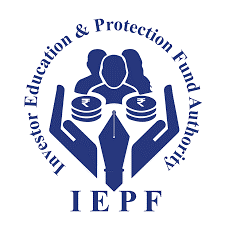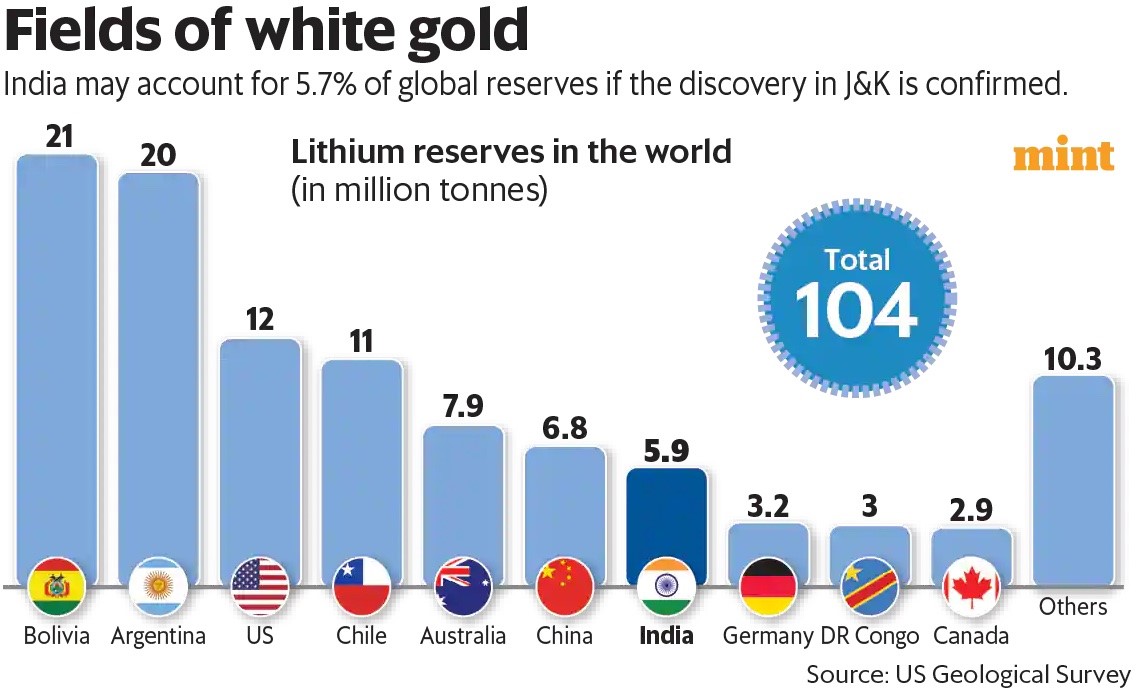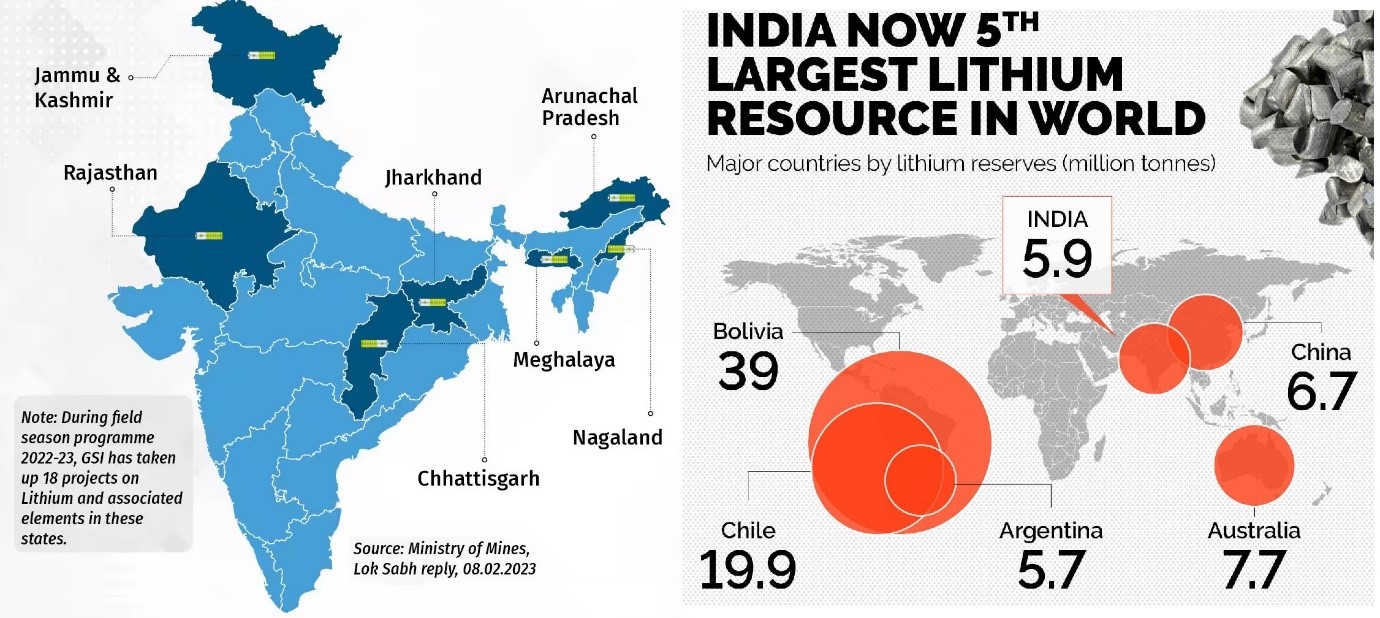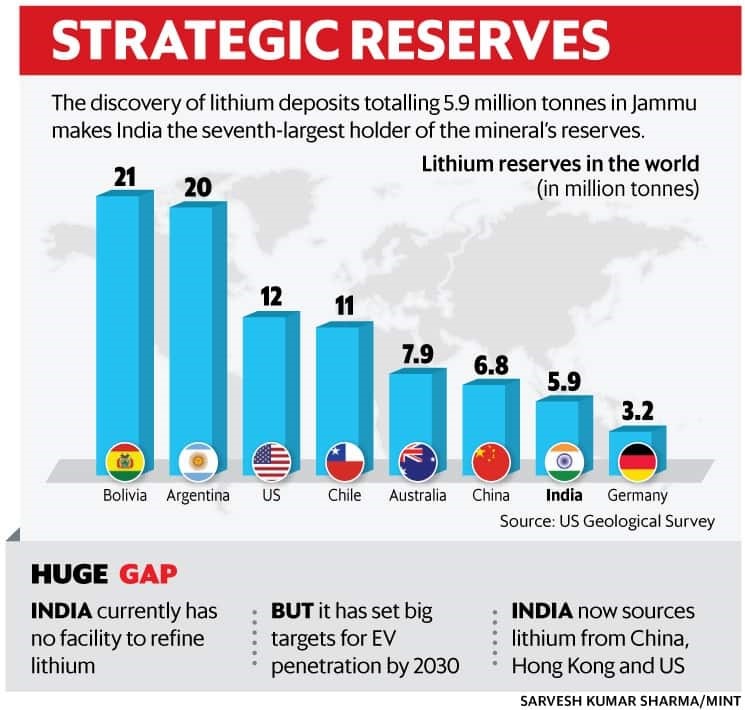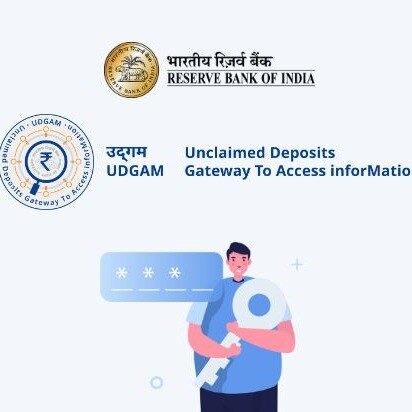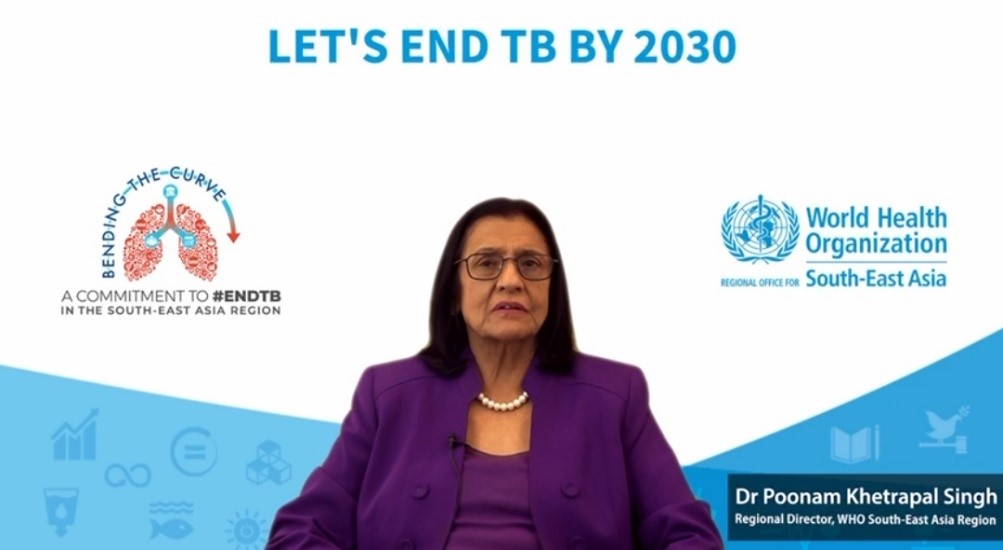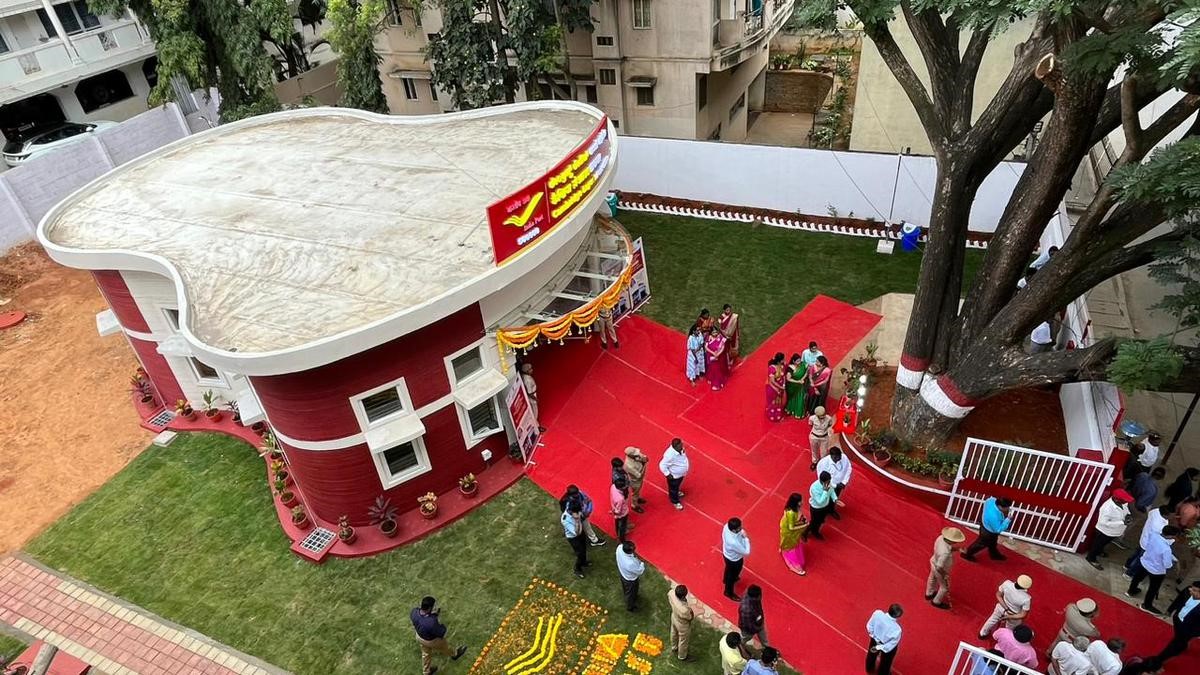Topics
- Investor Education and Protection Fund Authority
- Eco Sensitive Zones
- Mines & Minerals Amendment Bill 2023
- UDGAM Portal by RBI
- Gandhinagar Declaration
- India’s first 3D printed Post Office
INVESTOR EDUCATION AND PROTECTION FUND AUTHORITY
Context
- The Investor Education and Protection Fund Authority (IEPFA), in collaboration with the National Council of Applied Economic Research (NCAER), recently organized a significant webinar centered around the theme ‘Investor Protection Framework in India: Challenges and Road Ahead.
Introduction to Investor Education and Protection Fund Authority (IEPFA)
- Established in 2016 under the framework of the Companies Act, 2013, the Investor Education and Protection Fund Authority (IEPFA) operates as a distinct governmental entity.
- It was conceived to address the provisions outlined in the Companies Act 2013.
- The overseeing ministry for IEPFA is the Ministry of Corporate Affairs.
- The primary responsibility of IEPFA is to manage a dedicated fund known as the Investor Education and Protection Fund.
- This fund is designed to support and educate individuals who engage in investment activities.
- The central objective of IEPFA is to disseminate knowledge and raise awareness among investors while safeguarding their interests against potential issues.
- Article 266 dictates that all the capital channeled into the IEPF is consolidated within the national treasury.
Overview of the National Council of Applied Economic Research (NCAER)
- Originating in 1956 during the tenure of Prime Minister Jawaharlal Nehru, the National Council of Applied Economic Research (NCAER) stands as a prominent research institution in India.
- NCAER specializes in the analysis of the intricate relationships between fiscal policies and economic dynamics within the country.
- It holds the distinction of being the most ancient and extensive research organization of its kind within India, and it upholds a not-for-profit operational structure.
In its nascent stages, NCAER was a collaborative venture between the government and private enterprises, both contributing financial resources and support towards its establishment.
ECO SENSITIVE ZONES
Introduction
- The state of Jammu and Kashmir (J&K) is currently facing a critical ecological crossroads, with its delicate ecosystem under increasing threat.
- Recent developments in the region have brought to light both the ecological sensitivity of J&K and the discovery of substantial lithium reserves within its boundaries.
Eco-Sensitive Zones and Their Significance
- The concept of Eco-Sensitive Zones (ESZs) has gained prominence within the context of conserving the natural environment around Protected Areas, National Parks, and Wildlife Sanctuaries.
- Spearheaded by the Ministry of Environment, Forest and Climate Change (MoEF&CC), these zones extend up to 10 kilometers from the boundaries of such protected regions.
- Their establishment aims to curtail activities like mining, sawmills, major hydroelectric projects, commercial wood usage, and unrestricted tourism, in order to safeguard the fragile ecosystems.
The Significance of Lithium
- Lithium, often referred to as ‘White Gold,’ holds immense importance due to its widespread use in rechargeable batteries.
- This soft, shiny, white metal is not only the lightest metal but also the lightest solid element under normal conditions.
The global demand for lithium has positioned it as a crucial resource in the modern world.
Global Lithium Reserves and Indian Scenario
- Chile, Australia, and Argentina emerge as the leading nations with the largest lithium reserves globally.
- However, within India, significant lithium deposits have been identified in various regions.
- The Mandya district in Southern Karnataka, for instance, boasts around 14,100 tonnes of lithium reserves within a relatively small land area.
- Furthermore, the Geological Survey of India (GSI) has pinpointed an estimated 5.9 million tonnes of inferred lithium resources in the Salal-Haimana region of the Jammu & Kashmir Union Territory.
Diverse Lithium Reserves in India
- Apart from the Jammu & Kashmir findings, India harbors additional lithium reserves across various locations.
- Mica belts in states like Rajasthan, Bihar, and Andhra Pradesh are recognized sources of lithium.
- Moreover, pegmatite belts in Odisha and Chhattisgarh, as well as the Rann of Kutch in Gujarat, also contribute to the country’s lithium resources.
Conclusion
- The ecological balance of Jammu & Kashmir is hanging in the balance, necessitating immediate attention to safeguard its delicate ecosystems.
- The discovery of substantial lithium reserves within the region further underscores the need to strike a balance between resource extraction and environmental preservation.
- Through informed and responsible approaches, it’s possible to ensure the sustainable development of the region while prioritizing its ecological well-being.
Question:
Consider the following statements regarding the ecological concerns and lithium reserves in Jammu & Kashmir:
- Eco-Sensitive Zones (ESZs) are designated around Protected Areas, National Parks, and Wildlife Sanctuaries in India to restrict activities that could harm the delicate ecosystems.
- The Geological Survey of India (GSI) has identified approximately 5.9 million tonnes of inferred lithium resources in the Salal-Haimana region of Jammu & Kashmir Union Territory.
- Lithium, known as ‘White Gold,’ is primarily utilized for its lightweight property in aerospace manufacturing.
- The primary countries with the largest global lithium reserves are Chile, Australia, and India.
Which of the above statements are correct?
- A) 1 and 2 only
- B) 2 and 4 only
- C) 1, 3, and 4 only
- D) 1, 2, and 3 only
Answer:
A) 1 and 2 only
MINES & MINERALS AMENDMENT BILL 2023
Introduction
- In the ongoing discussions about the mining and exploration of critical new energy metals, attention has shifted towards the potential ban on the export of four essential minerals.
- These minerals are of paramount importance in driving sectors crucial for national security and technological advancements.
- The 2023 Bill, which is at the heart of this matter, introduces significant changes to the mining landscape, including private exploration and mining rights for atomic minerals, marking a historic shift in policy.
New Opportunities and Export Ban
- The Mines and Mineral (Development and Regulation) Amendment Bill, 2023, proposes a significant alteration to the list of atomic minerals.
- Out of the twelve minerals originally specified in Part-B of the First Schedule of the Act, six are now omitted.
- Importantly, the government is considering implementing a ban on the export of four of these minerals, citing their critical role in powering vital sectors for national security and technological advancement.
Key Provisions of the Bill
- Expanded Exploration Rights: The bill marks a momentous shift by allowing private entities to engage in exploration and mining activities for atomic minerals. This marks the first time such rights have been extended to the private sector.
- Centralized Auctions: The bill grants exclusive authority to the Central Government to conduct auctions for essential mineral rights. This change is set to streamline the process and ensure efficient allocation of mining licenses.
- Expanded Activities: Activities previously prohibited, such as pitting, trenching, drilling, and sub-surface excavation for reconnaissance purposes, are now permitted. This change aims to facilitate more comprehensive exploration and data collection.
- Toward Net Zero by 2070: The bill is positioned as a step toward achieving India’s commitment to becoming carbon net neutral by 2070, a pledge made at the COP26 Glasgow summit.
The Crucial Minerals
- Lithium (Li): This gray, reactive, and alkaline metal is widely present in the Earth’s crust. Its applications range from ceramics, glasses, and greases to pharmaceuticals, air conditioners, and aluminum production. Notably, its exceptional energy storage capacity per kilogram makes it indispensable for battery technology.
- Beryllium (Be): This unique metal holds a delicate balance of fragility and sturdiness. It finds its use in X-ray tubes due to its ability to allow X-rays to pass through. Moreover, its applications extend to the military and nuclear sectors.
- Niobium (Nb): Sitting in the Periodic Table with atomic number 41, niobium is a versatile transition metal. Its resistance to corrosion is attributed to the protective oxide layer on its surface, making it suitable for various applications.
- Tantalum (Ta): Known for its bright, silvery appearance, tantalum stands strong against corrosion and chemical effects at temperatures below 150°C. Its substantial presence in nature positions it akin to uranium.
Conclusion
- As discussions around the 2023 Bill continue, the spotlight remains on the critical new energy metals at the heart of this debate.
- The proposed exploration opportunities, combined with the potential export ban, underscore the complex interplay between national interests, technological progress, and environmental commitments.
The outcome of these discussions will undoubtedly shape the trajectory of India’s energy and industrial landscape in the years to come.
UDGAM PORTAL BY RBI
Context
- The Reserve Bank of India (RBI) has introduced a centralized web portal named UDGAM, designed to facilitate the search and retrieval of unclaimed deposits from various banks.
- This initiative aims to streamline the process of accessing dormant accounts and reclaiming deposited amounts.
About UDGAM Portal
- The UDGAM portal, titled “Unclaimed Deposits – Gateway to Access inforMation,” is a collaborative effort involving the Reserve Bank Information Technology Pvt Ltd (ReBIT), Indian Financial Technology & Allied Services (IFTAS), and participating banks.
- Its primary objective is to provide individuals with an easily accessible and user-friendly platform where they can locate and retrieve their unclaimed deposits from multiple banks, all in one centralized location.
- The platform serves as a repository for unclaimed deposit data from different banks, offering users the opportunity to identify dormant accounts and take relevant actions, including claiming the deposited funds or reactivating their dormant accounts.
- These actions can be carried out directly through their respective banks, streamlining the entire process.
Key Features
- Reclaim or Activate: The portal empowers users to independently initiate either the process of reclaiming the deposited amount or reactivating their dormant accounts. This can be done through the channels provided by their respective banks, offering a comprehensive solution.
- Effortless Registration: Customers can swiftly register on the UDGAM Portal using their mobile numbers. This simple registration process marks the beginning of their journey towards unlocking their unclaimed funds.
- 3. Search and Input: Once registered, users can seamlessly search for their unclaimed deposits by entering essential details such as their name, PAN, voter ID, driving license, and passport number. This streamlined search mechanism enhances user convenience.
- KYC Process: Upon successfully locating their unclaimed deposits, customers can facilitate their retrieval by completing a streamlined Know Your Customer (KYC) process through their respective bank branches. This ensures a secure and efficient procedure.
- Nominee Assistance: In situations where the deposit holder is deceased, the nominee can play a crucial role in facilitating the retrieval process by providing the necessary documents. This ensures a smooth process even in challenging circumstances.
The UDGAM Portal by RBI offers a comprehensive solution to the issue of unclaimed deposits. Through its collaborative approach and user-centric features, the portal aims to simplify the process of locating and retrieving dormant accounts, empowering individuals to access their funds more efficiently.
Question:
Which centralized web portal has been launched by the Reserve Bank of India (RBI) to facilitate the search and retrieval of unclaimed deposits from various banks?
- A) UPAAY Portal
- B) UDHAAR Platform
- C) UDGAM Portal
- D) UTKARSH Gateway
Correct Answer: C) UDGAM Portal
GANDHINAGAR DECLARATION
Introduction
- The WHO South-East Asia Region has made a steadfast commitment to intensify its efforts in eradicating tuberculosis (TB) by 2030.
- This commitment has been solidified through the adoption of the Gandhinagar Declaration by member countries of the region.
Renewed Focus on Eliminating Tuberculosis
- The WHO South-East Asia Region is a significant contributor to the global burden of TB, accounting for nearly half of all reported TB cases and deaths worldwide.
- In response, the region has reaffirmed its dedication to expediting actions aimed at eliminating TB by the year 2030.
The Significance of the Gandhinagar Declaration
- The member countries within the WHO South-East Asia Region have collectively endorsed the Gandhinagar Declaration, symbolizing their unwavering dedication to accelerating the eradication of TB.
Key Highlights of the Gandhinagar Declaration
- 1. Establishment of High-Level Multisectoral Commissions
- The Gandhinagar Declaration emphasizes the creation of high-level multisectoral commissions within each country.
- These commissions are envisioned to work at the highest political levels, fostering collaboration among diverse stakeholders and overseeing the progress towards ending TB and other priority diseases.
- Strengthening Health Systems
- The commissions are designed to strengthen health systems, with a focus on advancing universal health coverage and enhancing health security.
- Ensuring Equitable Access to TB Services
- The Declaration underscores the importance of adopting and leveraging science and technology to provide equitable, human rights-based TB services.
- These services are expected to be accessible to all individuals, transcending social, cultural, and demographic barriers. The approach of primary health care is endorsed to achieve this goal.
- Allocation of Resources
- To attain targeted coverage of TB services, the Declaration urges the allocation of the necessary resources.
- Additionally, addressing social determinants of health is emphasized to achieve a comprehensive impact on multiple diseases.
- Continued Priority on TB
- The Declaration calls upon the WHO to maintain TB as a Flagship Priority Programme.
- This entails providing leadership, technical assistance, and research-driven innovation to further the cause of TB eradication.
- 6. Enhanced Support from Partners
All partners are invited to intensify their support in efforts to end TB and priority diseases, aligning their actions with the UN Sustainable Development Goals, particularly target 3.3.
Adoption and Venue
The Gandhinagar Declaration was officially adopted during a two-day meeting held in Gandhinagar, Gujarat. This meeting centered on evaluating progress towards ending TB within the WHO South-East Asia Region.
Fostering a Collaborative Effort
The Declaration sets the stage for collaborative and concerted actions aimed at achieving a TB-free region. Moreover, it contributes to the broader global health objectives.
Understanding Tuberculosis
- Nature of Tuberculosis
Tuberculosis (TB) is an infectious disease caused by the bacterium Mycobacterium tuberculosis.
- Mode of Transmission
TB is primarily transmitted through the air when an infected person coughs or sneezes.
- Global Impact
The global impact of TB is substantial, with approximately 10 million individuals falling ill with TB in 2020. This resulted in 1.4 million deaths.
- Drug Resistance
An emerging concern is drug-resistant TB, including multidrug-resistant TB (MDR-TB) and extensively drug-resistant TB (XDR-TB), which occur when the TB bacteria develop resistance to standard medications.
- Vulnerable Groups
Individuals with weakened immune systems, such as those with HIV, are at a higher risk of contracting TB.
- Latent TB
Some individuals carry latent TB, which is not active but has the potential to develop into active TB over time.
- Treatability
TB can be effectively treated with appropriate medication, typically involving antibiotics over a course of six months.
- Vaccine
The BCG vaccine provides partial protection against TB, especially in children.
- Social and Economic Impact
TB can have adverse effects on societal and economic well-being, contributing to poverty and impeding economic growth.
INDIA’S FIRST 3D PRINTED POST OFFICE
Introduction
- The city of Bengaluru recently celebrated the inauguration of an innovative 3D-printed post office situated in the Cambridge Layout area.
- This project not only introduces a novel concept of construction but also stands as a testament to the potential of cutting-edge technologies in revolutionizing traditional infrastructure development.
Swift Construction of the 3D-Printed Post Office
- The remarkable feat of constructing the 3D-printed post office in a mere 43 days, surpassing the initially set deadline by two days, showcases the efficiency and precision of this modern construction approach.
- This achievement was made possible through a collaborative effort between Larsen & Toubro Limited and IIT Madras.
Technological Advancements in Construction
- The post office’s creation is marked by its utilization of advanced 3D concrete printing technology.
- This spatial innovation spans an area of 1,021 square feet and was made possible through the use of robotic printers that employed an automated process to carefully layer concrete according to the approved design.
- A specialized quick-hardening concrete formulation ensured robust bonding between these layers. This highly efficient approach enabled the project’s completion in an astonishingly short period of 43 days, a stark contrast to the conventional 6 to 8 months typically required for such endeavors.
Advantages of the 3D Printing Approach
- The economic benefits of the 3D printing technique are evident in the project’s cost of ₹23 lakhs, signifying a substantial 30-40% cost reduction when compared to traditional construction methods.
- Beyond financial savings, this endeavor also serves as a platform to spotlight the capabilities of indigenous machinery and robots in the domain of concrete 3D printing technology, thus emphasizing its scalability and potential for future large-scale projects.
Unique Features of the Project
- Setting it apart from traditional construction methods, the project’s most distinctive feature lies in its continuous perimeter construction, eliminating the need for vertical joints.
- Furthermore, the flexibility of 3D printing enabled the incorporation of curved surfaces and accommodation of various site dimensions, surpassing the limitations posed by flat wall construction.
- This structural innovation was further demonstrated through the creation of continuous reinforced concrete footing and three-layer walls, enhancing the overall integrity of the structure.
- Importantly, this revolutionary approach also significantly reduced the construction timeline to a mere 43 days, while minimizing material wastage.
Exploring the Basics of 3D Printing
- 3D printing, also known as additive manufacturing, is a transformative technology that revolutionizes the creation of three-dimensional objects by adding material layer by layer.
- Its applications span across diverse industries, from manufacturing and aerospace to healthcare and fashion.
Here is an overview of its fundamental components and operation:
(A) The 3D Printing Process:
- Design: Begin by creating a 3D model using computer-aided design (CAD) software.
- Slicing: Divide the 3D model into thin horizontal layers using specialized slicing software.
- Printing: The 3D printer follows instructions from the sliced file, depositing material layer by layer to progressively build the object.
(B) Various Types of 3D Printing Technologies:
Several 3D printing technologies exist, each with its distinctive approach to material deposition and layering. Notable methods include:
- Fused Deposition Modeling (FDM): This widely used technique involves extruding thermoplastic material through a heated nozzle to construct layers.
- Stereolithography (SLA): SLA employs a UV laser to solidify liquid resin in layers, yielding highly detailed and accurate objects.
- Selective Laser Sintering (SLS): Utilizing a laser, SLS fuses powdered materials, often plastic or metal, layer by layer to create the desired object.
- Powder Bed Fusion (PBF): Similar to SLS, PBF employs a laser or electron beam to fuse powder particles, resulting in the creation of metal components.
5. Digital Light Processing (DLP): Similar to SLA, DLP employs a projector to cure an entire resin layer simultaneously, facilitating efficient object formation.

